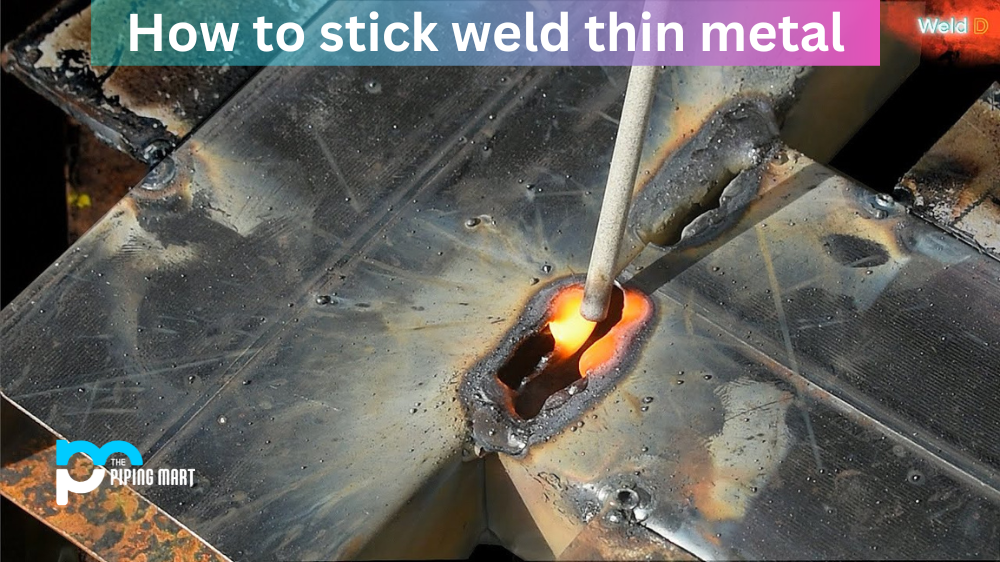Stick welding is a popular form of welding that is often used for steel and stainless steel fabrication. It is a versatile welding process that can be used to weld many different types of metal, including thin metal. In this blog post, we will go over the basics of stick welding thin metal so that you can get started on your next project with confidence.
What You Need to Know Before Starting
Before you start stick welding thin metal, it’s important to know what type of material you are working with. Different metals have different melting points, and the temperature at which they melt must be taken into consideration before starting any welding project. Additionally, choosing the right electrode for the job is key; if you don’t select the proper electrode for your application, it may not work properly or may not produce acceptable results.
Safety is also an important factor when stick welding thin metal. Be sure to wear all necessary safety gear, such as a helmet and gloves, as well as long sleeves and pants made from fire-resistant material. The sparks produced by welding can cause severe burns if they come in contact with skin or clothing. Also, make sure there is adequate ventilation in the area where you are working to prevent fumes from building up and becoming hazardous to your health.
How to Stick Weld Thin Metal
Once you have all of the necessary safety precautions in place and have chosen an appropriate electrode for your application, it’s time to start stick welding! Start by setting up your power source according to the manufacturer’s instructions, and then make sure your ground clamp is securely connected to a non-moving surface. Then turn on the power source and adjust it until it reaches the desired amperage setting—the higher the amperage setting, the more heat will be generated during the welding process.
Next, strike an arc between your workpiece and electrode by lightly tapping them together until sparks begin flying from them; once this happens, move them apart slightly until there is about a one-eighth-inch gap between them (or wider for thicker pieces). You should then slowly move along your joint while maintaining consistent pressure on both pieces so that they stay together throughout the process. Once all of your joints have been completed, allow time for cooling before handling or moving any pieces in order to prevent warping or damage due to thermal shock.
Conclusion:
Stick welding thin metal can seem intimidating at first, but with practice comes confidence! Just remember to take safety seriously by wearing all necessary protective gear and always double-check any settings before beginning any welds. With some patience and practice, you’ll soon become an expert at stick welding thin metals!
Meet Heer, a dynamic and driven writer learning tricks of her trade in the metal industry. With a background in Digital Marketing, Heer brings a unique perspective to her writing, sharing valuable insights. Apart from blogging she like reading and hiking.




